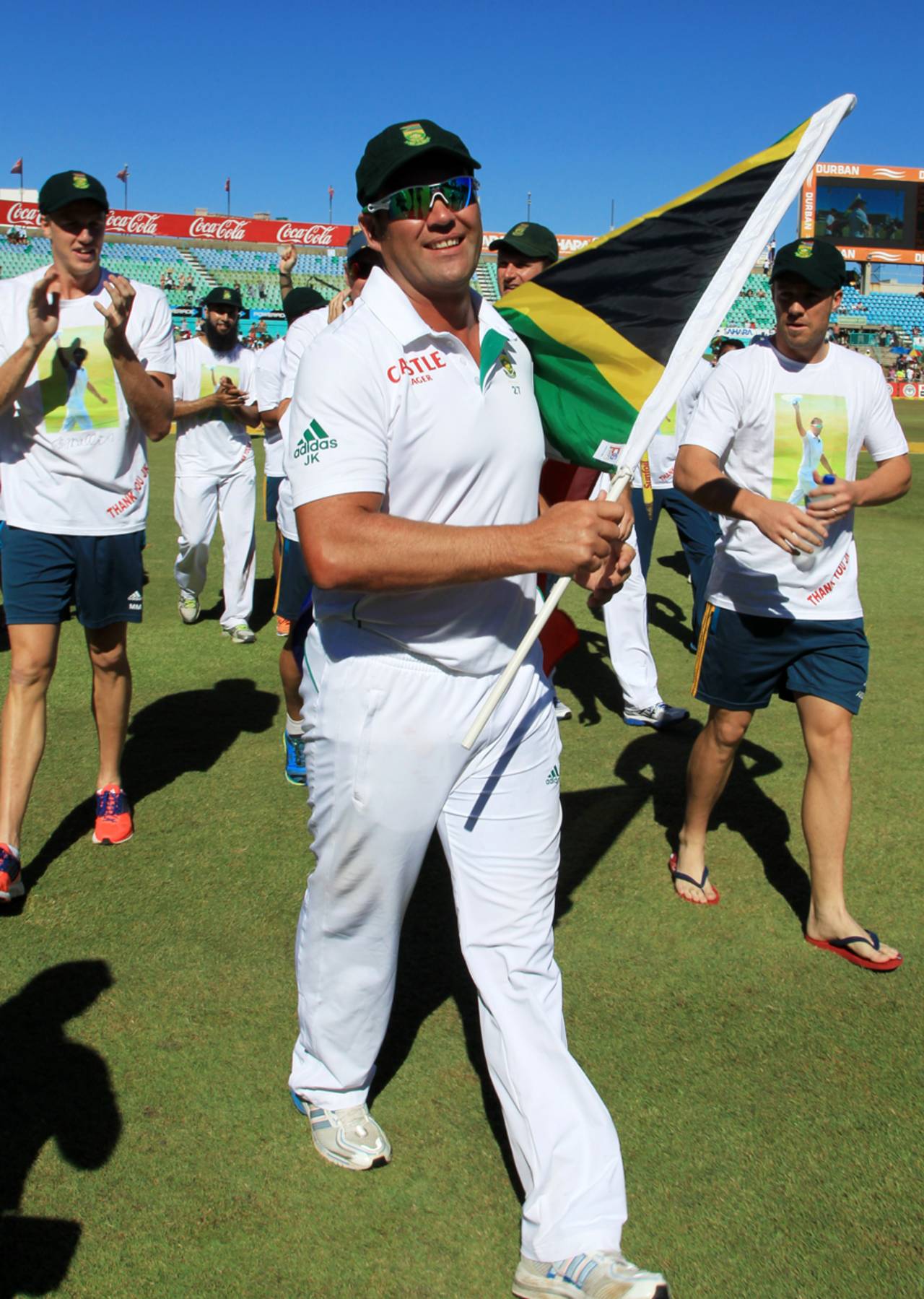Newlands, in early January, with the sun shining out of an azure sky, is a sight for the ages. People have photographed it, people have written about it, people have loved it. In the isolation years those of us growing up in the old Test countries would read about it, imagine it. The oaks, Table Mountain, endless sunshine. Players - some forgotten, some never known - playing out their days in the Currie Cup. Pollock, Procter, Richards, Barlow, van der Bijl, Fotheringham, McKenzie, Hobson, Kirsten. Hard cricket, sure, but an ever-present sense of denied fulfilment. Memories of the world at their feet, Lawry's Australia humiliated - and then nothing.
Early January, 1996. The early year sky is unnaturally blue which, for someone brought up in northern Europe, is slightly spooky, and it is hot. God, it is hot. And I am ill. Stomach trouble, brought from the UK, sunburn from Port Elizabeth and a streaming cold, caught on the Western Cape.
Just get through the match. It will not take long, as England will lose inside three days. Years later, if people mention Dave Richardson or Paul Adams (fortunately they rarely do) it makes me shudder. Memories of that time and place do the same to Ray Illingworth, to Devon Malcolm, to others. England, wasted in Australia, have it bad now, but that was a grim time.
Jacques Kallis, 20, comes on to bowl. It is the first time I have taken any notice of him. He made his debut at Durban two weeks before but the game was ruined by rain and he barely got off the mark. People are talking about him, but only as a batsman. I have no idea that he can bowl.
Kallis here is slimmer than the barrel-chested figure of his later years, and he has all his own hair. He bowls four economical overs, high side of medium pace, robust, muscular action, bounce. It sticks in the mind.
From that day on, Kallis is around. For the first year or two he struggles, then the century comes at Melbourne. The rest is history.
For a long time people underestimate him. With his subdued personality he can seem a little too mechanical and unemotional. People do not warm to him. His batting (people say) lacks a signature, lacks defining elegance, lacks really big scores. Kallis (people say) is too one-paced, Kallis is not alive to the situation. Kallis is this; Kallis is that. All the while, though, Kallis is making runs. There is a bloodless technical perfection to his batting in the way there always was with Martin Crowe, but this does not mean that he is unworthy of greatness. Gradually he builds his reputation like an innings, brick by brick.
He is also - although sometimes with reluctance - taking wickets. There is always bounce, sometimes there is genuine pace. When conditions help and the muse is with him, as at Headingley in 2003, there is movement and what old English pros call 'a heavy ball'.
When he is not making runs or taking wickets, he stands at slip and catches everything.
For those that remember Sobers, Kallis has one particular fault. He is not and will never be Sobers. This is of course true in all ways but it doesn't matter. Every generation is territorial about its heroes, but comparison of players from different eras is ultimately meaningless and demeans those who try to score points through it. I can feel old around cricket these days, but I hardly saw Sobers. Through a young child's eyes in 1973 and then a cover drive from the Gods in a charity game at The Oval nine years later. I am happy to accept that Sobers was better, but he was a different player in a different time. Gideon Haigh said this week that Sobers was 'a cavalier among roundheads' while Kallis was 'a roundhead among cavaliers', and, while this is open to discussion, there is plenty enough truth there. Statistics are of little relevance in such an argument, but if you want to go there, well, Kallis' immense figures stand proudly against those of anyone else who has ever played the game.
When I was in South Africa in late 1995 and early 1996, the country was changing rapidly, both on the cricket field and far away from it. As the post-isolation era developed at Newlands, and Kingsmead and at the Wanderers, Kallis was at its heart. Young, and not as visibly or as showily as Rhodes, or with the pace and vitality of Donald, but he was there. Lately, in the era of Steyn and de Villiers, and of Smith, and of Philander, he is still there. Like Tendulkar he has outlived one epoch and seen his side into another. It somehow seems appropriate that they should retire within a few weeks of each other.
In this there is a sense of the passing of cricket history. This is an old, old game, and these are two of the best players it has ever produced. But it should not necessarily be a source of sadness. In the age of T20 the fabric and context of the game is shifting like sand, but it will still produce players to rank with any that have gone before. From Kallis' final game there is Steyn, there is de Villiers, and there could in the future be Pujara and Kohli.
Few, though, will ever be better than Jacques Kallis.
If you have a submission for Inbox, send it to us here, with "Inbox" in the subject line Brian Carpenter lives in south-west England. In 2013 he was the inaugural winner of the Wisden Cricketers' Almanack cricket-writing competition. He blogs here and tweets here.
